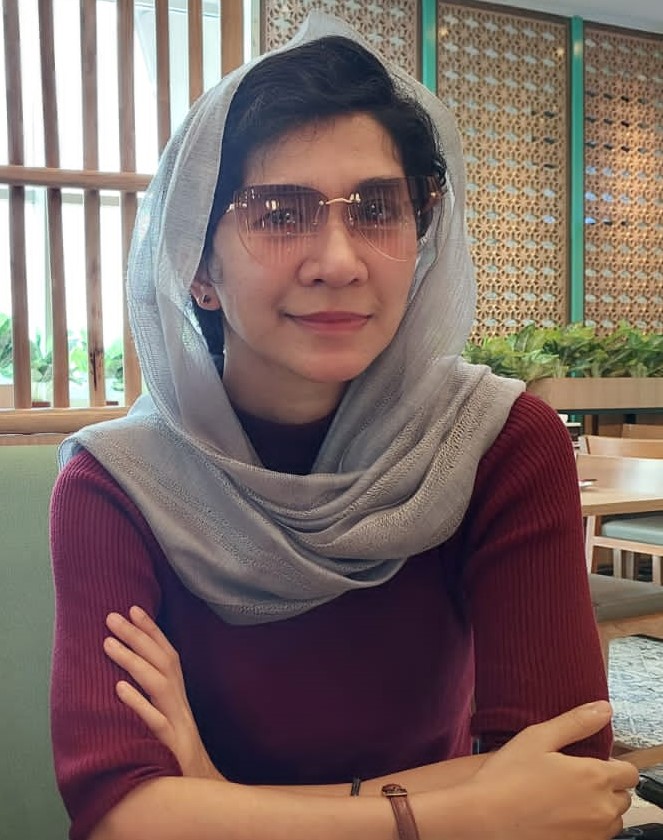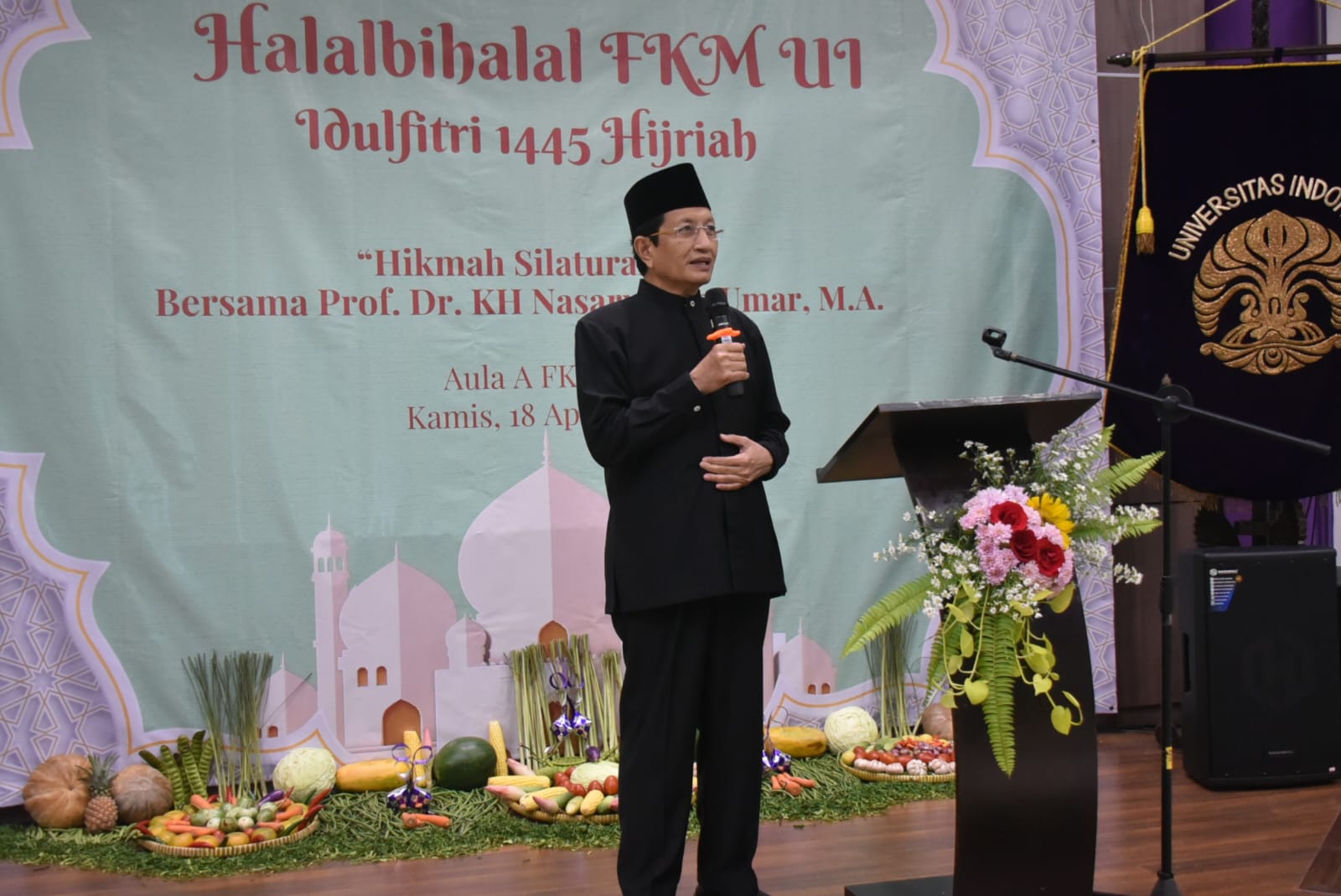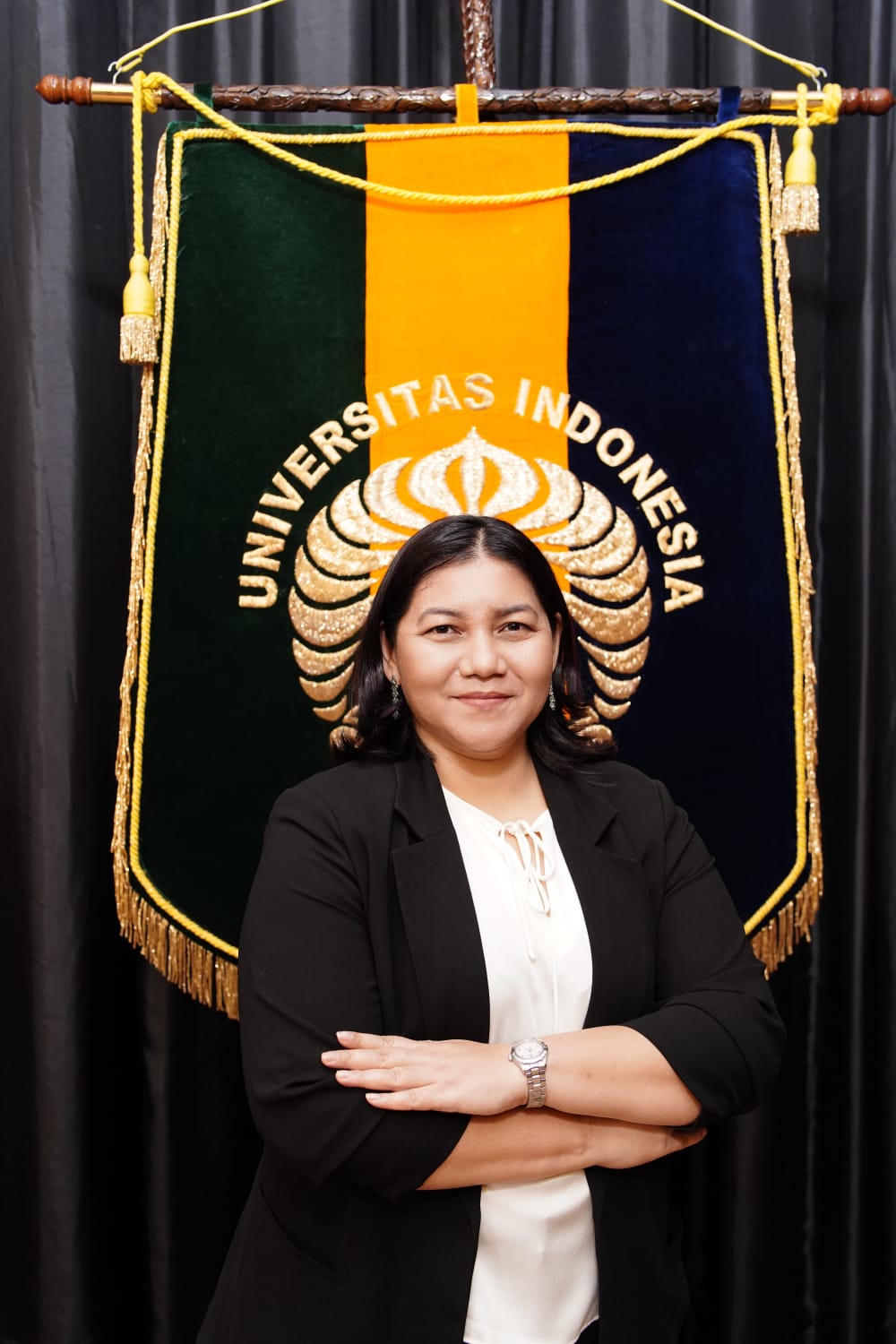On Friday (17/6), the Office of Education and Culture, Banten Province, held a webinar on museums and their role in preserving local history and culture. The webinar, titled “The Existence of Museums: An Attempt to Preserve Local History and Culture” was held as part of the Banten History Seminar, a series of talks and webinars held over the course of several days. Among the speakers present in the webinar was Dr. Bondan Kanumoyoso, M.Hum., the Dean of the Faculties of Humanities (FIB) Universitas Indonesia. He stated that museums are a media of education which contain collections, narrations, and a manner of presentation that forms a certain atmosphere. Museums are effective centres of education in history and culture, because the atmosphere they build create strong impressions in the mind of their visitors.
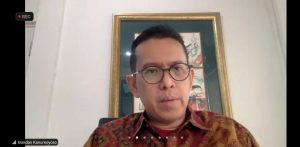
“Museums serve as spaces which reflect the collective memory of a people of history and culture passed on from generation to generation. Besides serving as a medium of education and enlightenment, the presence of museums is a proof of Indonesia’s long history, with scores of artifacts preserved in museums.”
Indonesia possesses two types of museums: national museums and local museums. Local museums of Indonesia showcase the history and culture of a particular locality (province, city, district, etc.) by collecting, recording, researching, displaying, communicating, and publishing local cultural products, thus protecting and preserving the wealth of local cultures. Regional autonomy, a principle that has been applied to governance since the Reformation, prompts a desire to strengthen local values and identity. One of the ways through which both may be achieved is through the objects displayed in local museums. Components of local history and culture displayed in such museums include local geography, local traditions, local identity, and local sources.
The “local geography” mentioned above refers to the place or space in which historical and cultural events take place. Indonesia is a country with a diverse geographical character: some places possess maritime characteristics, others agrarian, rural, urban, mountainous, etc. The geographical character of a region influences the historical and cultural development taking place within. Local tradition. the second of four components mentioned by Dr. Bondan, owes its importance due to the fact that it is one of the sources of the customs and mores held by society through consensus. Local identity is collectively accepted as a characteristic of a certain locality, and imparts description and depth onto the social dynamics of a community. Local sources, the last of the four components, refer to historical artifacts in the form of objects, documents, oral sources, and literary works. Historical and cultural artifacts can serve as a representation of the collective memory of a people, and of the shared heritage of its members.
“Artifacts in the form of documents come from testimonies from certain people on the history and culture of a locality, while oral sources, traced from interviews, enhance our understanding on a particular locality. Of literature, meanwhile, artifacts may come in the form of formal documents, such as pantuns, sayings, poems, songs, and the like,” stated Dr. Bondan.
Without proper conceptualisation, local history and culture do not appear as part of the national identity. Therefore, according to Prof. Bondan, the establishment of a museum necessitates comprehensive research on various existing forms of heritage. The few hundred museums standing on Indonesian soil should all possess stated goals and aims, sufficient staffing, steady funding, and a good amount of collection, reputation, and foundation. Unfortunately, the state of museums in Indonesia is not as robust as that which Dr. Bondan had envisioned of them. In 2021, The Public Service Agency of the Directorate General of Culture noted that only 39, or 8%, out of 439 museums fulfil the standard required to be classed as a Type A museum. Covid-19 has led to the incapacity of almost all functions and activities of museums save for the most essential ones. This has caused a decrease in the capacity of museums in Indonesia in introducing the public at large to the rich collection of artifacts they store.
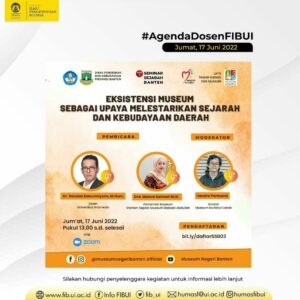
Author: Alfin Heriagus| Editor: Sapuroh| Translator: Jasper

